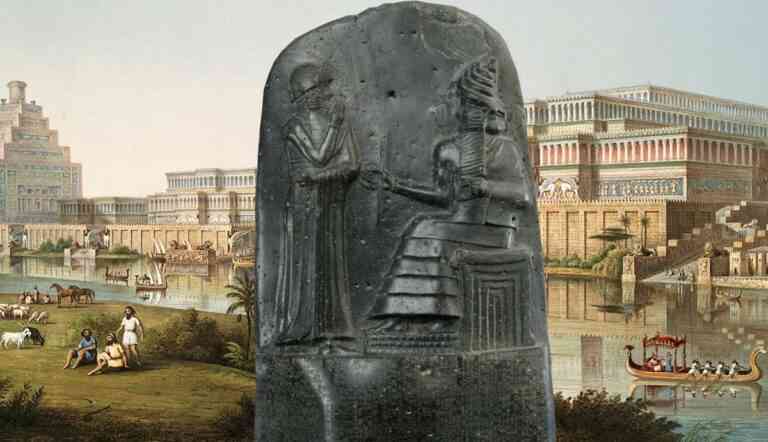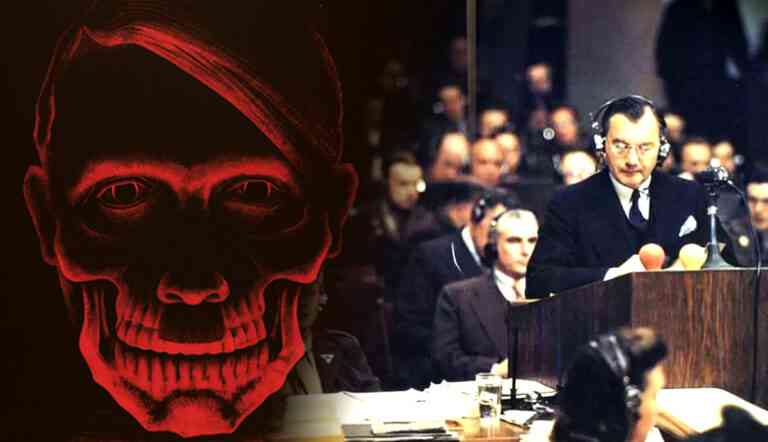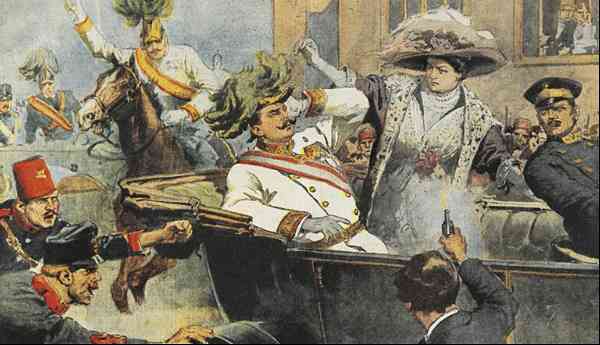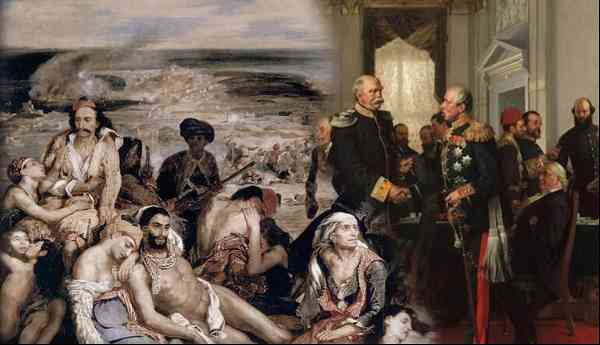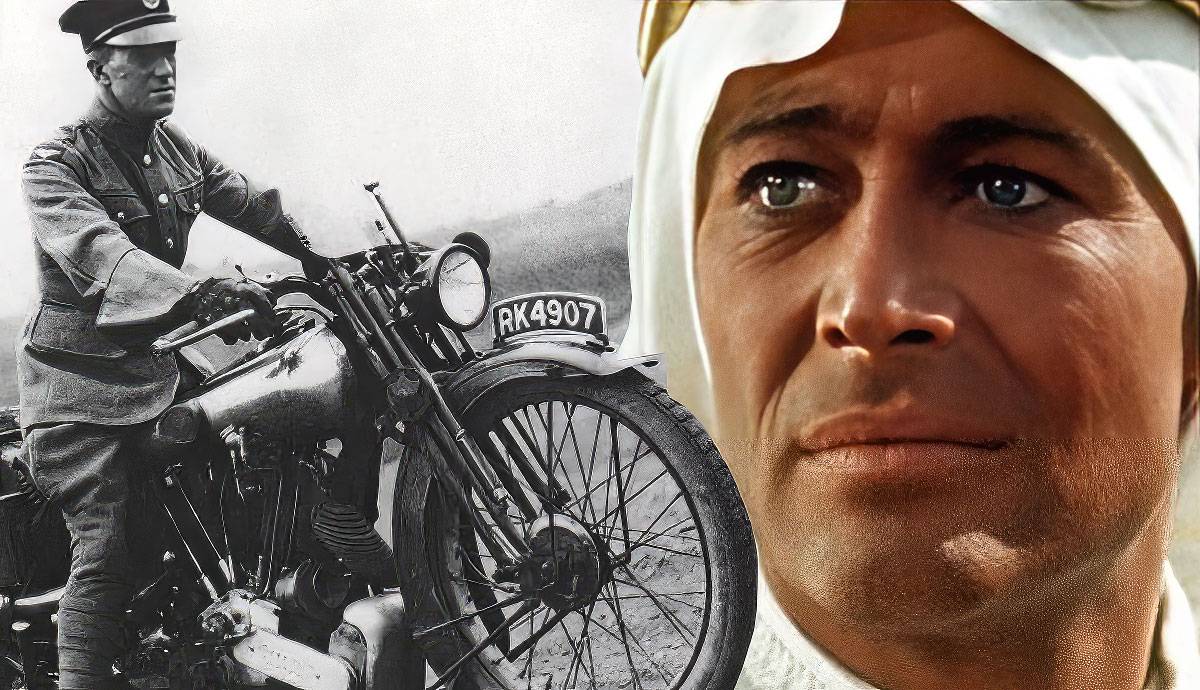
Lawrence of Arabia stands out as a figure whose extraordinary life has been romanticized for over a century now. Shows and movies about his life have been made, some of which are highly acclaimed. His story is one of adventure, heroism, war, and betrayal.
Depending on where in the world you are, T.E. Lawrence is considered in vastly different lights. A Brit might consider Lawrence a hero, while an Arab might identify him a traitor. This article aims to provide an objective and complete overview of T.E. Lawrence’s life. To do so, it covers Lawrence’s early years, his military career, his rise to fame, and his post-war activities. To place his life into context, we also discuss major events integral to the story of Lawrence of Arabia, including, for example, the Sykes-Picot Agreement.
Early Life: Before He Was Lawrence of Arabia

Thomas Edward Lawrence, the man who would later be known as Lawrence of Arabia, was born in 1888 in a small village in Wales. His family moved to Oxford in 1896, where Lawrence spent his childhood exploring the countryside and studying old architecture, monuments, and antiquities.
When Lawrence turned 18, he spent the summers from 1906 to 1908 touring France on his bike, visiting medieval castles, and studying their architecture. His natural talent for language became apparent at this time. People he interacted with could not identify him as an Englishman on account of his fluency in French.
Get the latest articles delivered to your inbox
Sign up to our Free Weekly NewsletterWhen he wasn’t exploring the French countryside, Lawrence studied history at Oxford. He graduated in 1910 with distinction and was offered a scholarship to work for the British Museum as an archaeologist in the Middle East. Lawrence seized the opportunity and departed for Lebanon, where he spent some months learning Arabic.
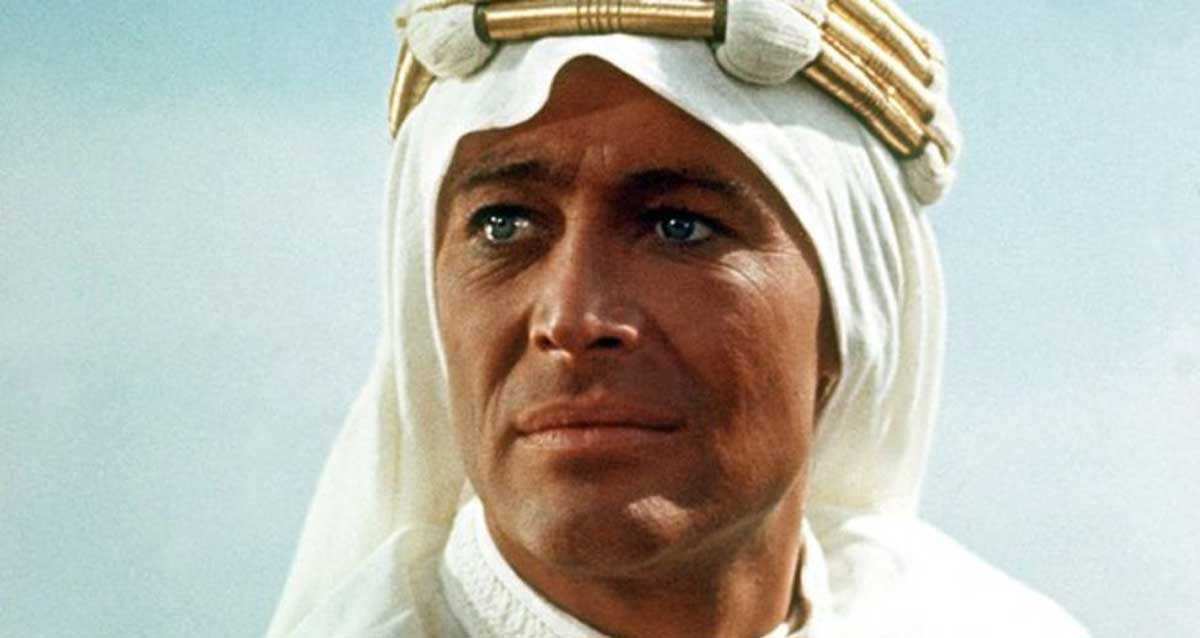
With a team of fellow British archaeologists, Lawrence then set out to excavate ruins at Carchemis near the border between modern-day Syria and Turkey. While working there, he met Gertrude Bell, also from Oxford, who would become one of Britain’s most esteemed archaeologists and political officers.
Lawrence worked with Bell on various occasions throughout his life. Whereas Lawrence’s work mostly pertained to the Arabian Peninsula, Bell would be a major influence in Iraq.
Lawrence’s first contact with the British military took place in January of 1914 when he was approached to map the Egyptian desert under the guise of archaeological work. He completed the mission successfully and would officially enter service later that year following the outbreak of the First World War.
Lawrence Enters Military Service
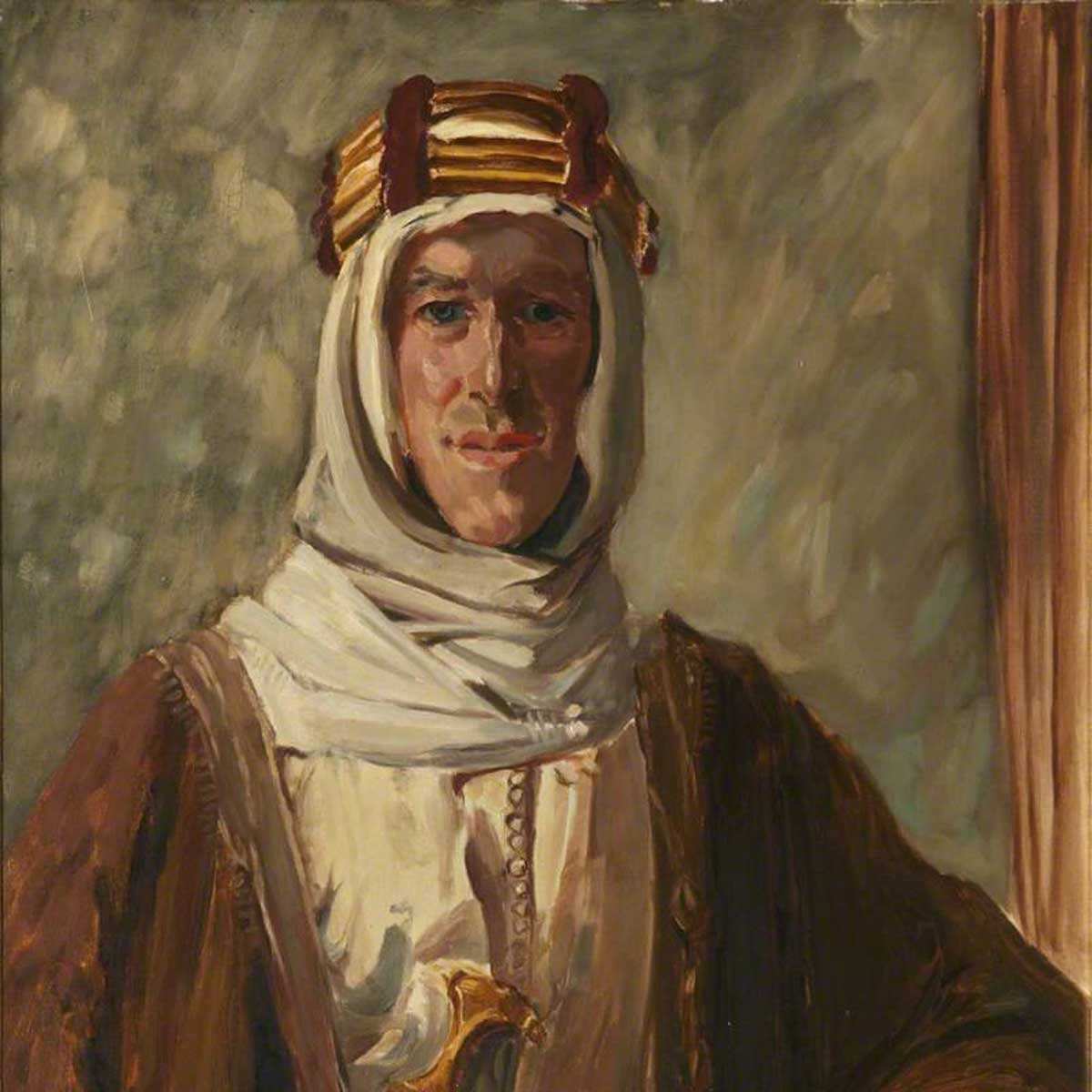
In October 1914, Lawrence enlisted in the British Army. He was assigned to intelligence and summoned to Egypt.
Back in London, Secretary of State for War Herbert Kitchener was made aware by his subordinate Mark Sykes that the Ottoman Empire was to side with Germany in the war. Sykes advised Kitchener to approach Hussain, the Sharif of Mecca, for military support against the Ottoman Empire. Correspondence between the British government and Hussain resulted in an agreement according to which Great Britain would provide the Arabs an independent state if they were to side with them against the Turks.
By 1915, weakening the Ottomans had become an urgent matter because the allies were facing stiff resistance in the Gallipoli campaign. To secure more intel and facilitate an Arab revolt against the Ottomans, Sykes decided to establish a new unit based in Cairo, to be known as the Arab Bureau. Lawrence was among the members selected for the organization.
The Formation of The Arab Bureau

For the Arab Bureau, Mark Sykes selected people with extensive on-the-ground experience in the Middle East. The list of prospective members was short. For example, at the time, only two Brits had traveled across the Arabian Peninsula, Gertrude Bell and the poet and writer Charles Doughty.
Others to join the new organization included a journalist who had worked in Constantinople prior to the outbreak of the war and military officials who served in Cairo, Lawrence being among them.
On January 7th, 1916, the Arab Bureau was formalized as an organization, and soon thereafter, it started operating out of the Savoy Hotel in Cairo. The organization’s tasks included creating propaganda, harmonizing British political activity, and gathering intelligence on the Ottoman Military.
Importantly, the Arab Bureau was responsible for providing support for the Arab Revolt, which began in June 1916. British logistical, military, and financial assistance for the Arabs went through the Arab Bureau. While working for the Arab Bureau, Lawrence supervised the preparation of maps, produced reports for British generals operating in the Middle East, and interviewed prisoners.
Lawrence had escaped frontline work during his first two years of service; however, in the fall of 1916, he was sent to Arabia, where he would soon see action against the Turks.
The Arab Revolt
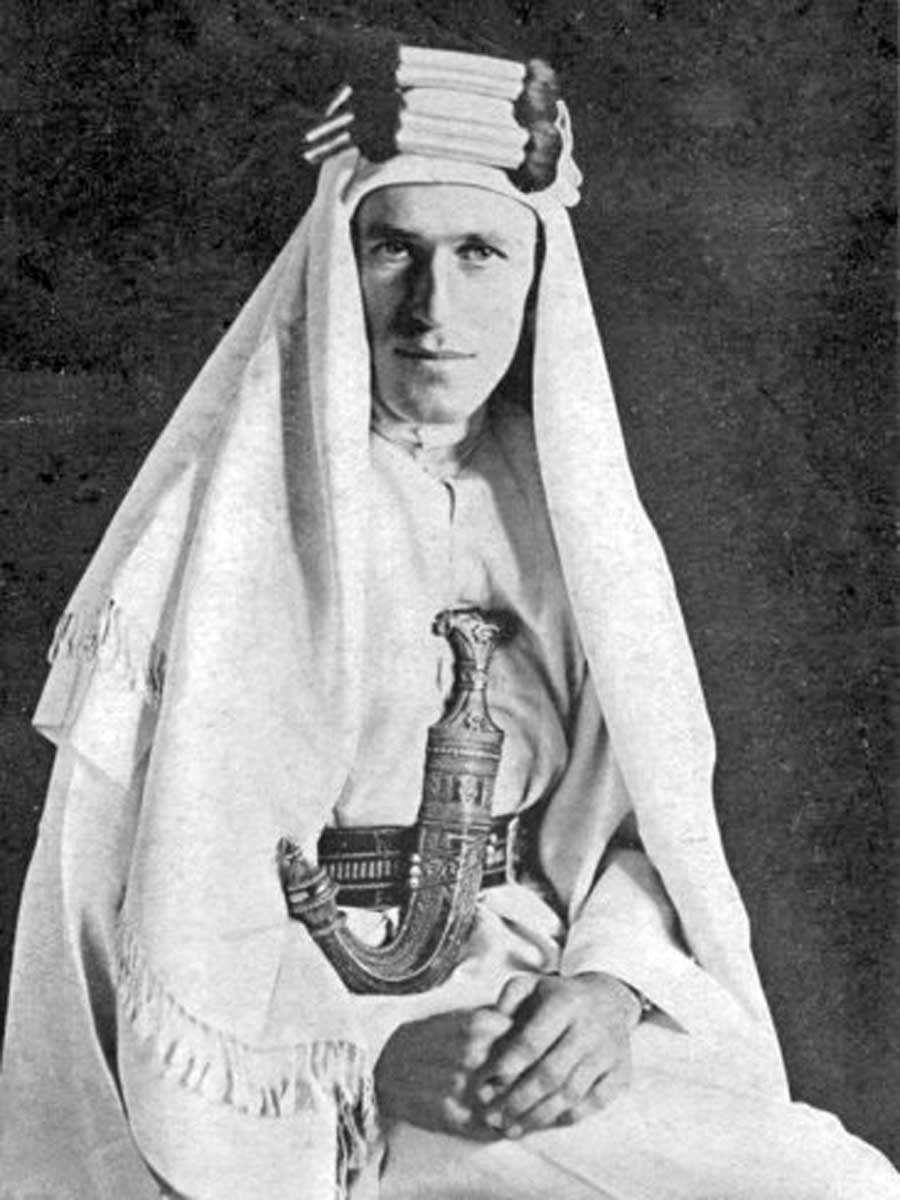
After agreeing to support the British against the Ottomans in exchange for a future Arab state, the sharif of Mecca and his supporters started military operations in the summer of 1916.
It was only a select group of Arabs under Hussein who agreed to revolt. In their first months of fighting, they made limited progress. When Lawrence arrived in the Arabian Peninsula in the fall of 1916, most large cities there were still under Ottoman control. The Arab rebels did, however, control Mecca and swathes of the Arabian hinterland from which they staged guerrilla attacks.
Lawrence began working with Faisal, one of Hussein’s sons and a commander in the rebel army. Together they devised plans to attack critical Ottoman infrastructure, including the railway which ran from Damascus to Medina. Starting in January 1917, Lawrence rode with Arab forces, fighting alongside them to capture Ottoman outposts and destroy railways and bridges.
The Arab Revolt was carried out using hit-and-run operations, which were carefully strategized by Lawrence and Faisal. These efforts succeeded in tying Turkish forces down and frustrating Ottoman logistics. Between raids and campaigns, Lawrence reported to the British headquarters in Cairo and organized British support for the Arab war effort.
The Capture of Aqaba

Among the revolt’s greatest achievements was the capture of the strategically important city of Aqaba in July 1917. Lawrence went rogue for this operation, as he did not inform the British command of the plans he made with the Arab leadership to take Aqaba. Lawrence did not inform his superiors as he feared they would block the operation for being against perceived French interests—British policy was to not antagonize their great power ally in the region.
Aqaba fell to the Arab forces on July 6th, 1917, after an overland attack surprised the Turks, who had prepared their defenses for a naval offensive. By this point, the rebels controlled the Arabian peninsula’s major cities. Nonetheless, the Arab forces were inspired to fight on, as they wanted to secure land for their future independent state. Unbeknownst to them, however, the British had already decided to betray the promises they had made to Hussein and his forces.
The Sykes-Picot Agreement
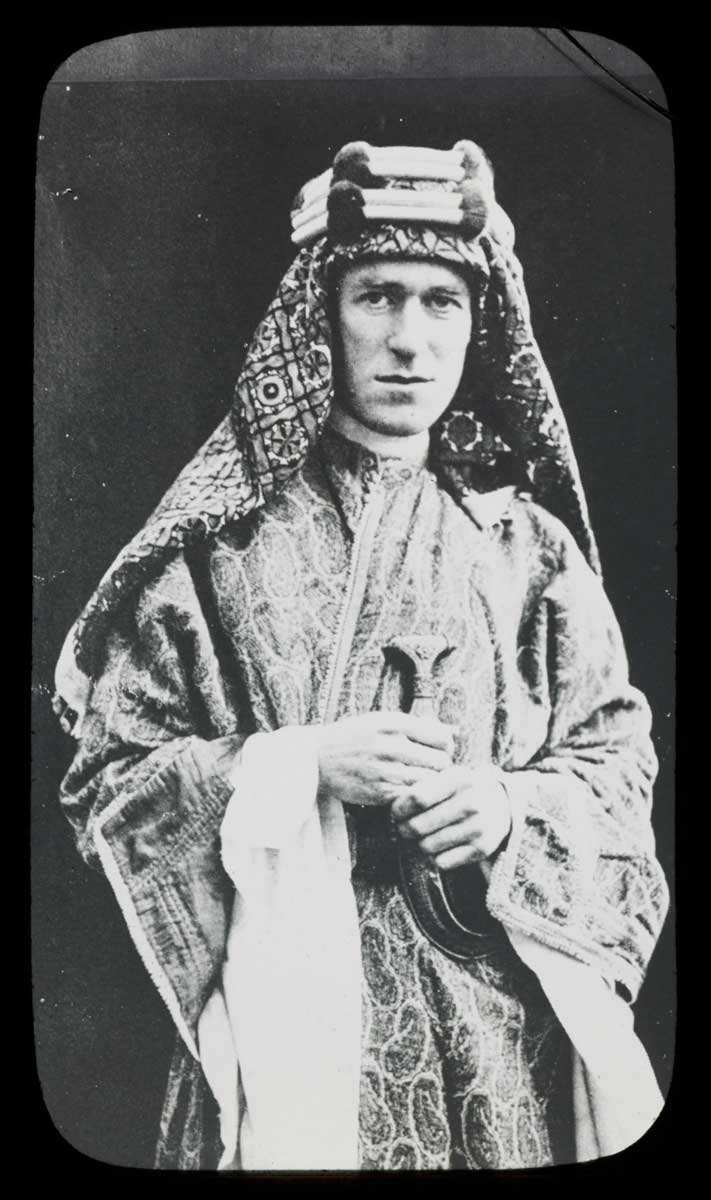
In the spring of 1916 in London, the British and French had reached a secret agreement. Even in the midst of fighting a war, the two powers found it pertinent to discuss how to divide their spoils should they be victorious. Mark Sykes led the British delegation, with his French counterpart being François Georges-Picot. The two parties agreed upon an arrangement that came to be known as the Sykes–Picot Agreement, which granted the British the territory of modern-day Iraq upon the conclusion of the war, while the French would receive the land encompassing modern-day Syria.
The Sykes–Picot Agreement was a troublesome arrangement for multiple reasons. First, the arbitral partitioning of Ottoman territory into different parts without taking into account ethnic, religious, or historical considerations would become a cause of many conflicts in the Middle East. In addition, there was, of course, the matter of the British having promised greater Syria to the Arabs in return for their assistance during the war.
Lawrence, who was stationed in Cairo at the time the Sykes–Picot Agreement was drawn up, would only become aware of the arrangement months later. He likely found out about the British’s intention to betray the Arabs in the fall of 1916 after arriving in Arabia.
For Lawrence, working closely with the Arabs and reinforcing British promises for an independent state while knowing they would not be honored was a cause of much shame and self-loathing. Nonetheless, as a British officer, he felt compelled to join the conspiracy.
The End of the War & Becoming a Celebrity
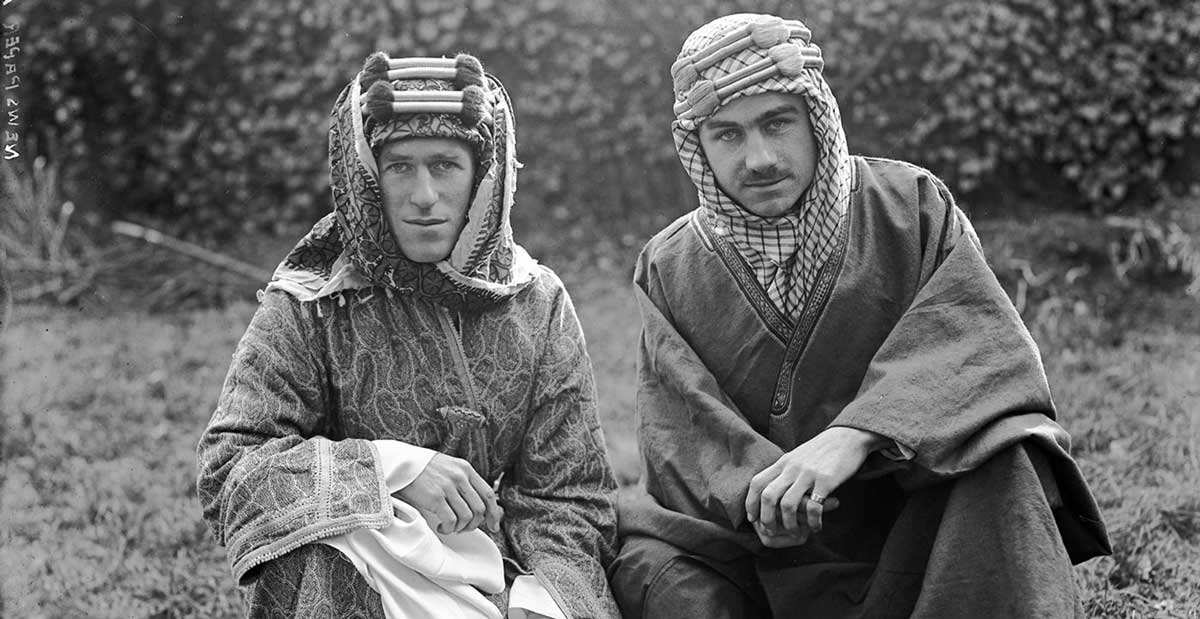
After capturing Aqaba in the summer of 1917, Lawrence took part in several raids against Ottoman positions and infrastructure in Palestine and the greater Syria region. These operations by Arab forces helped the allies gain the upper hand in the Middle East, eventually resulting in the Ottoman’s surrender on October 30th, 1918.
Soon after the war, Lawrence became a well-known figure. The man responsible for making him famous was the American writer and filmmaker Lowell Thomas.
Together with a cameraman, Thomas had set out for the Middle East in 1918 to film the war. He hoped the material he shot there would increase American support for the war effort. While in Jerusalem, Thomas met Lawrence and was captivated by his Arab dress and mannerisms. He filmed Lawrence and took photographs, which he used for a show he produced on the war. The show, titled With Allenby in Palestine, was a great success in America and Britain.
Thomas identified Lawrence as the main cause for the show’s success, and the two men met again, this time in London, to shoot new material. In 1920, Thomas re-launched his show with Lawrence as a central figure and changed the title to With Allenby in Palestine and Lawrence in Arabia. Lawrence did not enjoy his newfound celebrity status for long and later expressed regrets about seeking the limelight.
Post-War Activities & Death

Starting in February 1920, Lawrence began working as an advisor on Arab affairs to Colonial Minister Winston Churchill. In this capacity, he traveled to the Middle East multiple times. After a year of employment, however, Lawrence quit because he despised the bureaucratic side of the job and had grown too disillusioned with the British government and its Middle East policy.
Lawrence signed up for the British Royal Air Force (RAF) in August 1922. During his service, he worked on his autobiography entitled Seven Pillars of Wisdom, which was published in 1926 and became a best-seller. Lawrence spent his remaining years of service in relative obscurity. He was stationed in British India for some time and served at a RAF base near Plymouth. When his enlistment ended in 1935, Lawrence retreated to his cottage in the English countryside.
In May 1935, Lawrence was speeding on his motorcycle when he encountered two boys on bicycles. Lawrence lost control when he tried to evade them and crashed, sustaining serious injuries. Doctors were unable to save Lawrence, resulting in his death on May 19th, 1935. As a war hero who was greatly celebrated, his passing was widely mourned in Britain.


